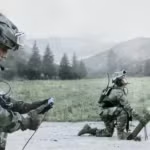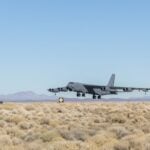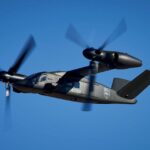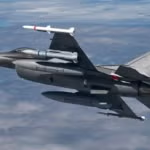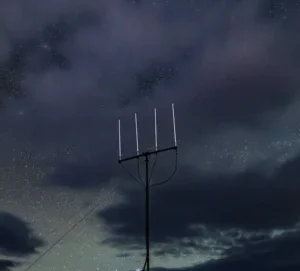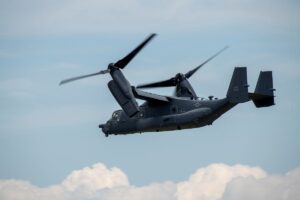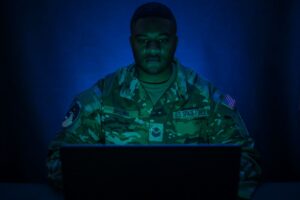
A number of recent cyberattacks on space systems highlight the need for their improved security, a U.S. Space Force official said on Nov. 6. "The U.S. and our allied forces must now contend with growing threats from satellite link interceptions," Col. Richard Kniseley, senior materiel leader of the Space Force's commercial space office at Los Angeles AFB, Calif., told attendees at the CyberSatGov conference in Reston, Va. "This results from advanced jamming techniques and illegal satellite uplinks. Our operations are…


